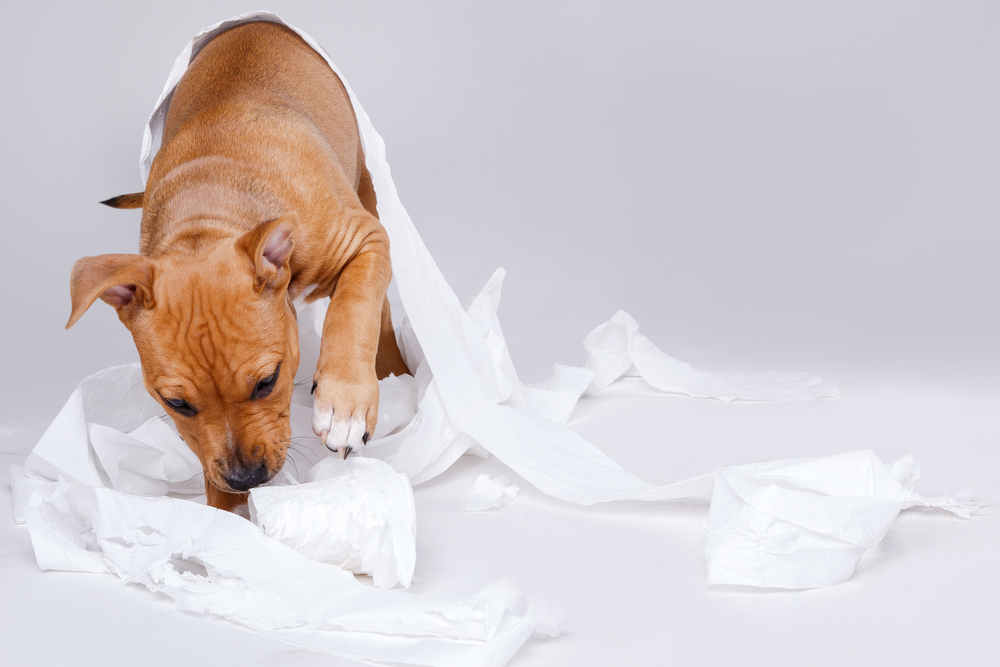Let’s face it; having a new puppy is so much fun. We love those furry babies. But having a new puppy comes with some challenges, such as puppy training, and house training a dog can be one of the most difficult parts. The #1 reason puppies end up in shelters after adoption is frustration with potty training. So let’s discuss some dog potty training tips.
When do I begin house training my dog?
When a puppy is first weaned and subsequently given up for adoption, usually 7 or 8 weeks of age, he may be too young for house training. You want to begin house training immediately, but your puppy may not be mature enough until 12 to 16 weeks of age to really start to get it.
Your puppy will give you signs that he has to potty. Look for whining, circling, sniffing or barking. When you notice any of these signs, react immediately.
It’s all about routine
Dog training is all about routine, and potty training is no exception. Start your day at the same time, feed at the same time and go to bed at the same time. This will teach your new dog what to expect.
Keep a routine as to where your dog will potty train. When going outside, use the same door every time so that he will associate that door with where he needs to go. You will put your dog on a leash or take him out to a defined space (in a room if doing indoor puppy pad training). Stay with your dog at all times until he is house trained. Always use the same place, and be sure to keep it clean. If there is an accident indoors, clean up the spot with a product that will eliminate any odor so the scent doesn’t encourage him to go in that spot again.
The when routine for potty training your dog will be vital, as well. The best times to take your puppy outside are:
- After he wakes up
- After he eats
- After he plays
- Before bedtime
Give your puppy plenty of time to go potty – but if you take your dog out after each of these events of his day and he doesn’t go, take him out every 5 minutes until he does. This will help YOU establish what his habits are.
Outside of those defined times, take your puppy to the designated spot every 30 minutes. If he doesn’t go, try again in 5 minutes. Eventually you will be able to figure out his frequency. Never go all the way to his max – always try to get your puppy to the designated spot BEFORE he has hit his threshold.
Nighttime training is also very important. Usually your dog can go longer at night, but not all night. Establish your nighttime potty training by keeping your puppy in a confined area and taking him out frequently at night until he gets older and can hold it longer. With all potty training, remember that smaller dogs have smaller bladders and go more frequently.
Positive Reinforcement
Praise is an important part of dog obedience training. While you are potty training your dog, remember to always give positive reinforcement. Take the dog out on a leash or to the designated spot; be quiet while he sniffs and circles. When he goes, pour on the praise. Pet him, love on him and possibly give him a very small treat. Never scold a puppy when he is house training. Simply clean the spot and move on. Praise is what your potty training puppy is looking for.
Puppy Training Trouble? Call The Velvet Snout!
Potty training a dog sometimes goes pretty well, yet some dogs really struggle with it. If you are struggling, don’t give up. You can talk to our experts at The Velvet Snout for some tips and professional advice. We offer many obedience classes for dogs in Dallas, including potty training. Contact us today for some dog training tips and information about our dog training classes.


